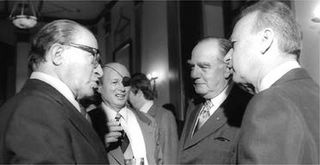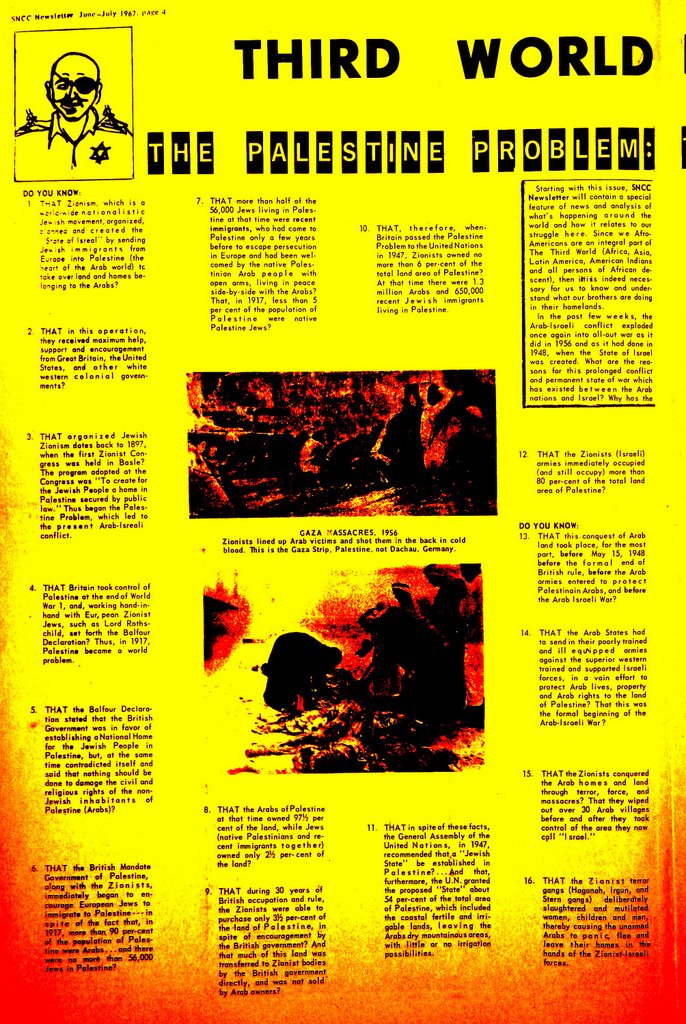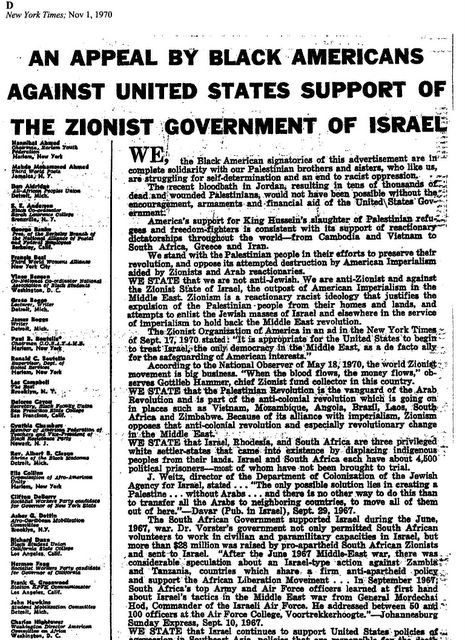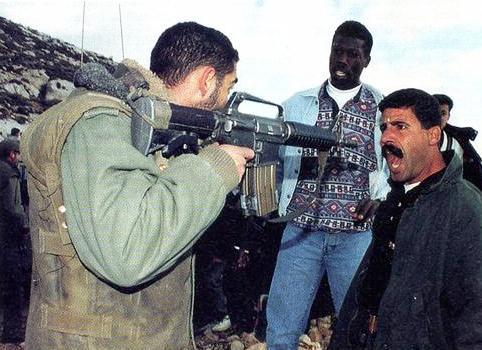 The "American Movement for Israel" instructed police to break up peaceful protest at their campus event on Iran.
The "American Movement for Israel" instructed police to break up peaceful protest at their campus event on Iran.They invited a speaker who has urged massive destruction against Iran.
See the article in the "Michigan Daily" Blog, below:
 THE WIRE (The News Blog of the Michigan Daily)
THE WIRE (The News Blog of the Michigan Daily)"Wilkerson trial extended to Monday"
By Julie Rowe and E.J. Horstman
"Michigan Daily" Staff Reporters
Monday, December 2, 2007
On the Web at:
http://apps.michigandaily.com/blogs/thewire/?p=346
Attorneys are expected to make their closing arguments today in the case of an Ann Arbor doctor charged with attempting to interfere with police and paramedics during the arrest of a protester after a lecture held at the Michigan League last year.
Three protesters were arrested last November when Georgetown University Prof. Raymond Tanter spoke at a lecture sponsored by the University student group American Movement for Israel on foreign policy in Iran.
Catherine Wilkerson — the Ann Arbor doctor who wasn’t arrested during the event but was later charged with attempting to interfere with police and paramedics — testified Friday that while she went to the event as the protester, she was concerned about another protester’s health during the event. As a physician, Wilkerson said, she tried to tend to the protester.
Wilkerson said that police officers and Huron Valley Ambulance paramedics improperly treated Blaine Coleman, a protester who was allegedly rendered unconscious by University police officers as they attempted to arrest him.
“I went into doctor mode,” Wilkerson said. “When you make up your mind to take an oath — whether you’re wearing a t-shirt or protesting — you’re always a doctor.”
The Michigan League building manager on duty that night, LSA senior Jeffrey Green, testified that Wilkerson yelled at police officers and told other protesters to write down names and badge numbers of the police officers.
“It was more of an emotional reaction than a physician’s reaction,” Green said.
Wilkerson said she only asked the crowd for a flashlight so she could check Coleman’s pupils and that she asked for someone to go get the HVA paramedics.
Officer Mark West, the Department of Public Safety officer who arrested Coleman, testified last week that he used pressure point control tactics to arrest Coleman. West said that Wilkerson behaved dangerously and interfered with Coleman’s arrest. West called her a “cheerleader for the crowd.”
“She was loud, boisterous and out of control,” West said of Wilkerson. “She was yelling and demanding for the release of the subject.”
Wilkerson said that she identified herself as a physician, and that she told officers to release Coleman because he couldn’t breathe.
Wilkerson, who was identified by the court as an expert witness on emergency medicine, said that Coleman was at risk for positional asphyxia — a common cause of accidental death during arrests.
“I saw someone who was suffering and might have his life at risk,” she said.
When Coleman stopped responding to officers and appeared to be unconscious, Wilkerson said that West turned Coleman over and allowed her to check Coleman’s pulse and breathing.
Wilkerson said she continued to monitor Coleman while waiting for paramedics.
West said that he saw Coleman open his eyes periodically. Coleman’s medical records were submitted as evidence and show that he was drifting in and out of conscious. University of Michigan Hospital physicians determined that Coleman had suffered a mild brain contusion.
When HVA paramedics arrived, they attempted to revive Coleman, first with a sternal rub, and then with ammonia inhalants.
Wilkerson said she was “stunned” when she saw a paramedic use ammonia.
“I hadn’t seen that done in decades,” she said. Wilkerson said that the paramedic popped two more capsules, and Coleman responded with sputtering and spitting.
Sol Metz, a defense witness, said during testimony that he saw a paramedic hold three ammonia capsules underneath Coleman’s nose. Metz said that the paramedic then cupped his hands around Coleman’s mouth and nose, and say, “You don’t like that, do you?”
Wilkerson said that it was then that she intervened and told the paramedic his actions were “punitive” and had “no efficacy”. When prosecuting attorney Margaret Connors asked Wilkerson why she didn’t try to stop the paramedic after the first and second capsules were used, Wilkerson said she was giving the paramedic the “benefit of the doubt.”
HVA personnel testified that someone did use ammonia inhalants during the incident, but have since stopped stocking them on ambulances.
Hugh Davis, Wilkerson’s attorney, said HVA has only stopped using ammonia because of Wilkerson’s criticism.
Henry Herskovitz, one of three protesters arrested during the event and a friend of Wilkerson’s, said the charges against her are retaliatory and politically motivated.
“I felt that the prosecution was trying to make protest a bad word, as if it weren’t protected by the Constitution and encouraged in a free society,” Herskovitz said.
Davis said: “This is a criminalization of speech case, a criminalization of protest case. And one that is in violation of the First Amendment.”
2 Responses to “Wilkerson trial extended to Monday”
Why was the American Movement for Israel allowed to command the police? They ordered the police to grab protesters, and the police did so with a vengeance. Now the prosecution comes to the aid of American Movement for Israel again, implying that asking for police badge numbers (which Wilkerson did not do) is somehow a punishable crime.
______________________________________















[…] an interesting post today on Wilkerson trial extended to MondayHere’s a quick […]